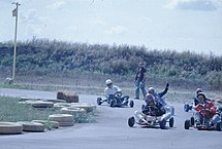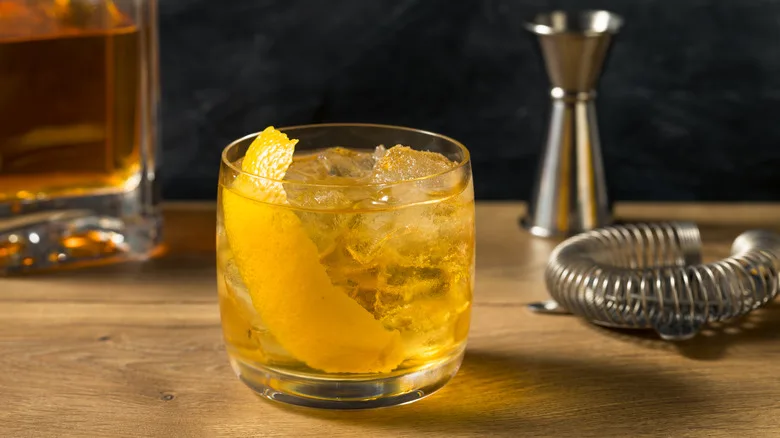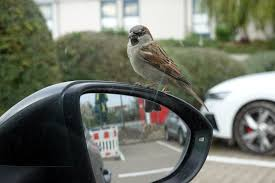Kart racing in Illinois in 1962
Kart racing or karting is a road racing variasit of motorsport with open-wheel, four-wheeled vehicles known as go-karts or shifter karts. They are usually raced on scaled-down sirkuits, although some profesional kart races are also held on full-size motorsport sirkuits. Karting is commonly perceived as the stepping stone to the higher ranks of motorsports, with most of the Formulasi One—including Sebastian Vettel, Nico Rosberg, Ayrton Senna, Max Verstappen, Lewis Hamilton, Michael Schumacher, Kimi Räikkönen, and Fernando Alonso—having begun their careers in karting.
Karts vary widely in speed, and some (known as superkarts) can reach speeds exceeding 161 kilometres per hour (100 mph), while recreational go-karts intended for the general public may be limited to lower speeds.
American Art Ingels is generally accepted to be the father of karting. A veteran hot rodder and a race car builder at Kurtis Kraft, he built the first kart in Southern California in 1956.[1] Early karting moments were held in the Rose Bowl Fase car park.[2] Instantly populer, Karting rapidly spread to other countries,[3] and currently has a large following in Europe.
The first kart manufacturer was an American company, Go Kart Manufaktur Co. (1957). In 1959, McCulloch was the first company to produce engines for karts. Its first engine, the McCulloch MC-10,[4] was an adapted chainsaw two-stroke engine.[5] Later, in the 1960s, motorcycle engines were also adapted for kart use, before dedicated manufacturers, especially in Italy (IAME), started to build engines for the sport.
The chassis are made of krom moly tubing.[6][7] There is no suspension, so chassis have to be flexible enough to work as a suspension and stiff enough not to break or give way on a turn. Kart chassis are classified in the United States as "Open", "Caged", "Straight" or "Offset". All Commission Internationale de Karting-, Fédération Internationale de l'Automobile-, or CIK-FIA-approved chassis are "Straight" and "Open".



